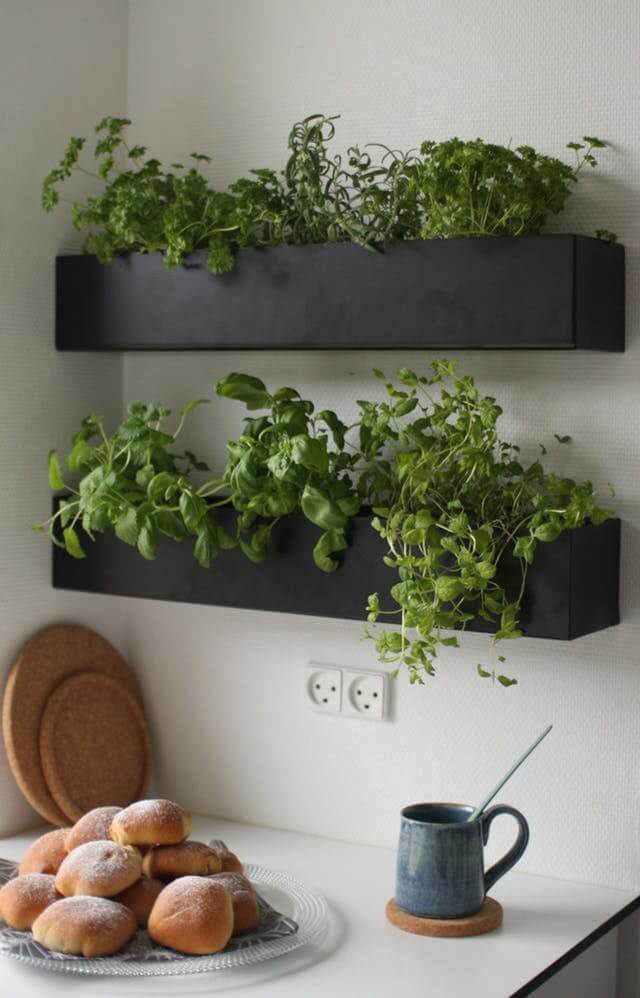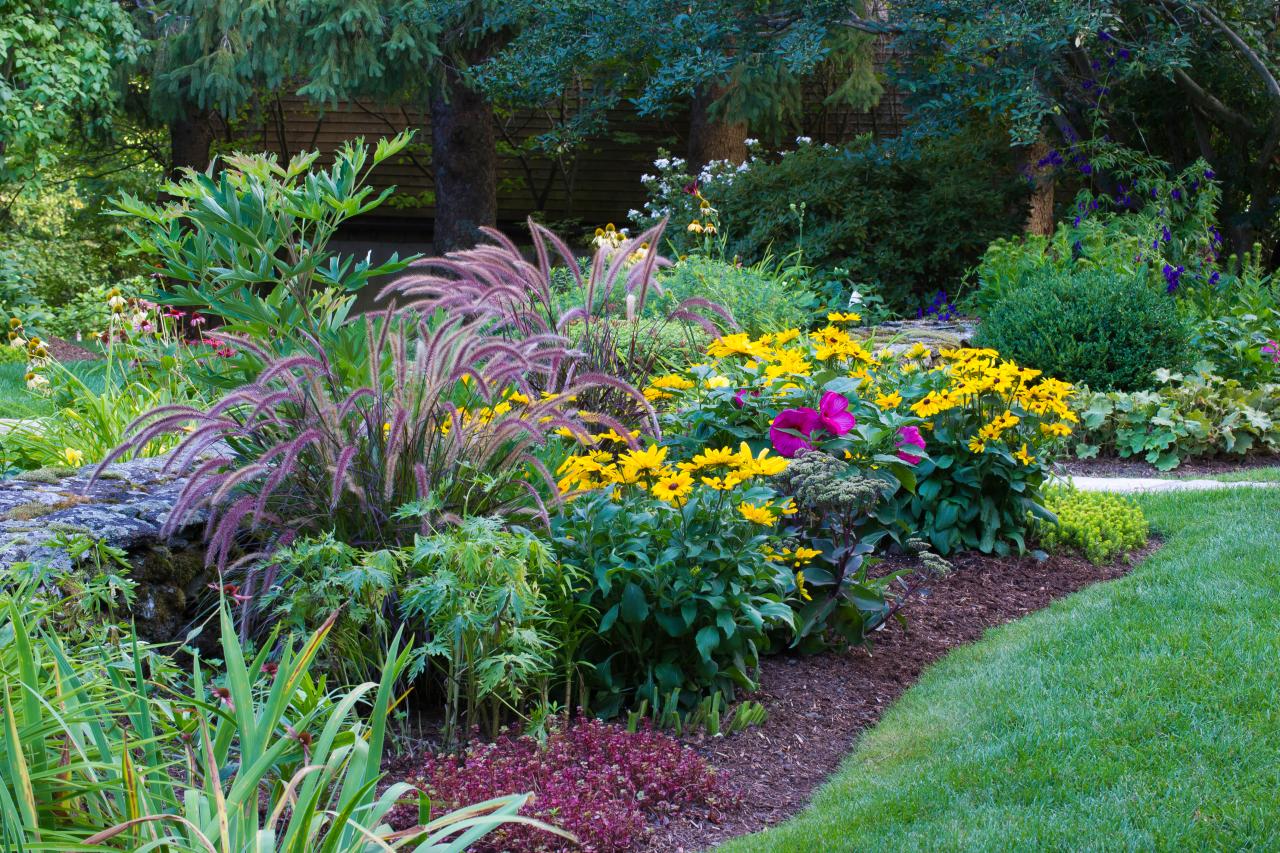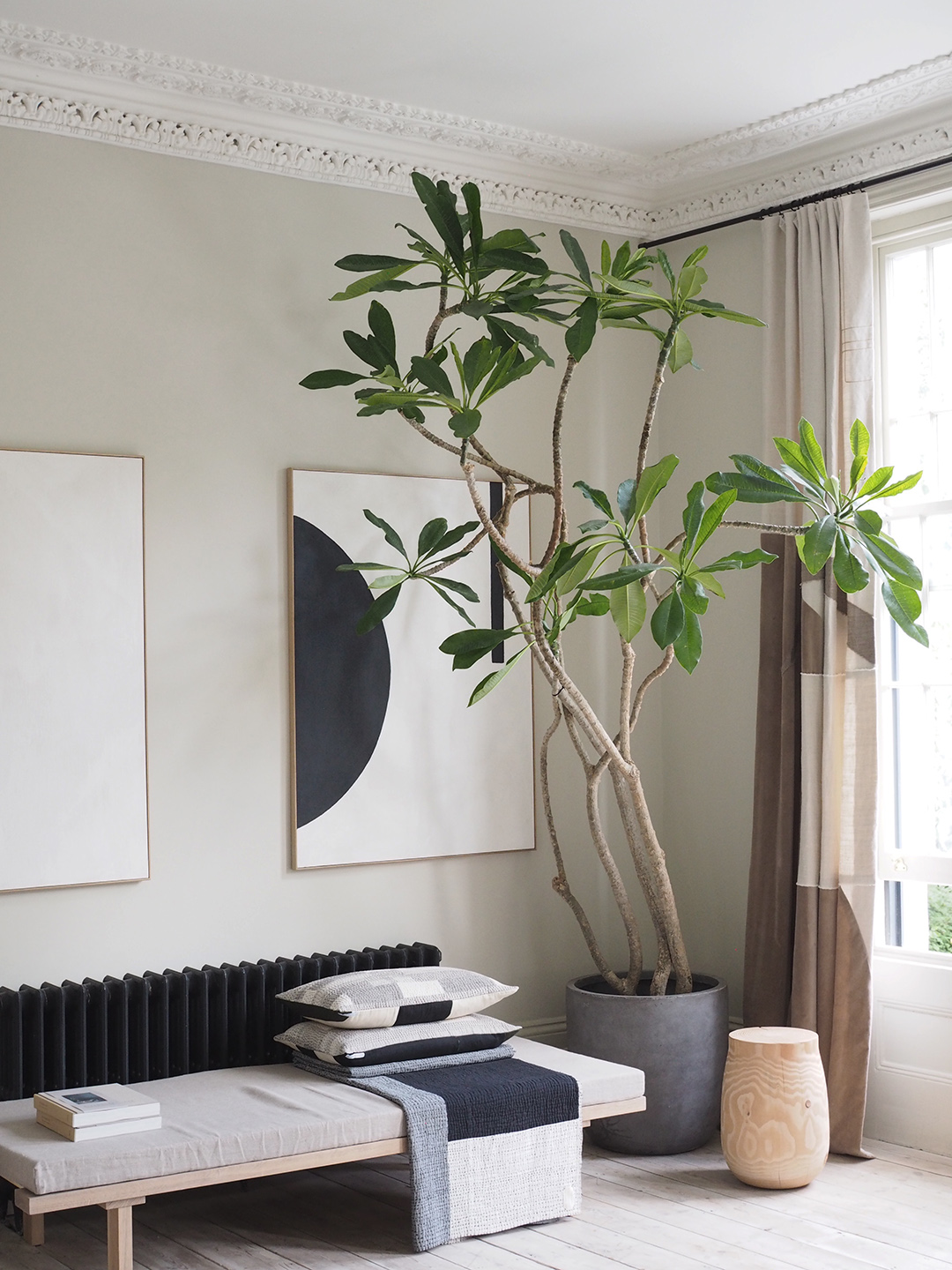“Bring the Outdoors In: Designing a Stunning Indoor Herb Garden
Artikel Terkait Bring the Outdoors In: Designing a Stunning Indoor Herb Garden
- The Enduring Elegance Of Marble: Elevating Your Home With Timeless Accessories
- The Enduring Allure Of Bouclé: Decorating With Texture, Comfort, And Timeless Style
- Escape To Simplicity: Embracing The Cottagecore Dream In Your Home
- Transforming Your Home: Embracing Zero Waste Home Decor
- Energize Your Sanctuary: A Deep Dive Into Living Room Colors That Spark Joy
Table of Content
Video tentang Bring the Outdoors In: Designing a Stunning Indoor Herb Garden
Bring the Outdoors In: Designing a Stunning Indoor Herb Garden

Imagine stepping into your kitchen and, instead of reaching for a dusty spice rack, you snip fresh basil for your pasta, pluck fragrant rosemary for your roast, or brew a soothing mint tea, all from your own indoor herb garden. This isn’t just a culinary dream; it’s a readily achievable reality that can transform your living space into a vibrant, fragrant oasis.
Beyond the culinary benefits, an indoor herb garden is a beautiful and therapeutic addition to any home. It brings a touch of nature indoors, purifies the air, and adds a splash of green to your décor. But simply placing pots on a windowsill isn’t enough. Creating a truly stunning indoor herb garden involves careful planning, thoughtful design, and a touch of creativity. This article will guide you through the process, offering inspiration and practical advice to help you cultivate your own flourishing indoor herb garden.
1. Assessing Your Space and Sunlight:
Before you even think about buying seeds or pots, you need to evaluate your available space and sunlight. This is crucial for the success of your herb garden.
- Sunlight: Most herbs require at least 6 hours of direct sunlight per day. South-facing windows are ideal, followed by east or west-facing windows. If you don’t have enough natural light, don’t despair! Grow lights are a fantastic solution. Full-spectrum LED grow lights are energy-efficient and provide the necessary light spectrum for healthy herb growth. Consider using a timer to ensure consistent lighting.
- Space: Consider the available space. Do you have a windowsill, a countertop, a shelf, or even an entire wall to dedicate to your herb garden? Think vertically! Wall-mounted planters, hanging baskets, and tiered shelves can maximize space and create a visually appealing display.
- Humidity: Herbs generally prefer moderate humidity levels. Dry indoor air, especially during winter, can be detrimental. Consider using a humidifier or grouping your plants together to create a microclimate with higher humidity. Misting your herbs regularly can also help.
- Temperature: Most herbs thrive in temperatures between 60°F and 75°F (15°C and 24°C). Avoid placing your herb garden near drafts or heating vents.

2. Choosing the Right Herbs:
Not all herbs are created equal when it comes to indoor growing. Some are more adaptable and forgiving than others. Here are some popular and easy-to-grow herbs for indoor gardens:
- Basil: A culinary staple that thrives in warm, sunny conditions. Pinch off flower buds to encourage leaf growth.
- Mint: Known for its rapid growth, mint is best grown in its own container to prevent it from taking over.
- Chives: Easy to grow and adds a mild onion flavor to dishes.
- Parsley: A versatile herb that prefers partial shade.
- Rosemary: A fragrant herb that requires well-drained soil and plenty of sunlight.
- Thyme: A drought-tolerant herb that thrives in sunny locations.
- Oregano: A robust herb that prefers well-drained soil and plenty of sunlight.
- Sage: A flavorful herb that prefers well-drained soil and moderate sunlight.


When choosing herbs, consider your culinary preferences and the amount of space you have available. Start small and gradually expand your garden as you gain experience.
3. Selecting the Perfect Pots and Containers:
The right pots and containers are essential for the health and aesthetics of your indoor herb garden.
- Material: Choose pots made from terracotta, ceramic, plastic, or metal. Terracotta pots are porous and allow for good drainage, but they can dry out quickly. Ceramic pots retain moisture better, but they can be heavier. Plastic pots are lightweight and inexpensive, but they may not be as aesthetically pleasing. Metal pots can add a modern touch, but they can heat up quickly in direct sunlight.
- Size: Select pots that are appropriately sized for the herbs you are growing. Herbs with shallow root systems, like thyme and oregano, can be grown in smaller pots. Herbs with deeper root systems, like rosemary and basil, will need larger pots.
- Drainage: Ensure that your pots have adequate drainage holes to prevent waterlogging, which can lead to root rot. If your pots don’t have drainage holes, you can add a layer of gravel or pebbles to the bottom of the pot to improve drainage.
- Aesthetics: Choose pots that complement your décor and create a cohesive look. Consider using pots of different sizes and shapes to add visual interest. You can also paint or decorate your pots to personalize them.
4. Soil and Watering:
The right soil and watering practices are crucial for the health of your herbs.
- Soil: Use a well-draining potting mix specifically formulated for herbs or vegetables. Avoid using garden soil, as it can be too heavy and compact for container gardening.
- Watering: Water your herbs regularly, but avoid overwatering. Allow the soil to dry out slightly between waterings. Check the soil moisture by sticking your finger into the soil. If the soil feels dry to the touch, it’s time to water. Water deeply until water drains out of the drainage holes.
- Fertilizing: Feed your herbs with a balanced liquid fertilizer every 2-4 weeks during the growing season. Follow the instructions on the fertilizer label.
5. Design and Decorating Ideas:
Now comes the fun part – designing and decorating your indoor herb garden! Here are some ideas to inspire you:
- Vertical Garden: Utilize wall space with wall-mounted planters, hanging baskets, or a tiered shelf. This is a great option for small spaces.
- Windowsill Garden: Arrange pots of different sizes and shapes on a windowsill. Consider using a variety of herbs with different textures and colors.
- Countertop Garden: Create a mini-garden on your kitchen countertop. Use a tray or a decorative container to group your pots together.
- Herb Garden in a Jar: Plant herbs in mason jars or other glass containers. This is a simple and stylish way to display your herbs.
- Upcycled Garden: Get creative and repurpose old containers, such as teacups, tin cans, or wooden crates, into unique planters.
- Themed Garden: Create a themed herb garden, such as an Italian herb garden with basil, oregano, and thyme, or a tea herb garden with mint, chamomile, and lemon balm.
- Add Decorative Elements: Incorporate decorative elements, such as pebbles, moss, small figurines, or labels, to personalize your herb garden.
- Living Wall: If you’re feeling ambitious, consider creating a living wall with a variety of herbs and other plants.
6. Maintaining Your Indoor Herb Garden:
Maintaining your indoor herb garden is essential for its long-term health and beauty.
- Pruning: Regularly prune your herbs to encourage bushier growth and prevent them from becoming leggy. Pinch off the tips of the stems to promote branching.
- Pest Control: Inspect your herbs regularly for pests, such as aphids, spider mites, and whiteflies. If you find pests, treat them with insecticidal soap or neem oil.
- Rotation: Rotate your herbs regularly to ensure that they receive even sunlight.
- Repotting: Repot your herbs every 1-2 years to provide them with fresh soil and more space to grow.
FAQ:
- Q: Can I grow herbs indoors without sunlight?
- A: While some herbs can tolerate low light conditions, most herbs need at least 6 hours of direct sunlight per day. If you don’t have enough natural light, use grow lights.
- Q: What is the best potting mix for indoor herbs?
- A: Use a well-draining potting mix specifically formulated for herbs or vegetables.
- Q: How often should I water my indoor herbs?
- A: Water your herbs regularly, but avoid overwatering. Allow the soil to dry out slightly between waterings.
- Q: How often should I fertilize my indoor herbs?
- A: Feed your herbs with a balanced liquid fertilizer every 2-4 weeks during the growing season.
- Q: How do I prevent pests on my indoor herbs?
- A: Inspect your herbs regularly for pests and treat them with insecticidal soap or neem oil.
- Q: My herbs are turning yellow. What’s wrong?
- A: Yellowing leaves can be caused by a variety of factors, including overwatering, underwatering, nutrient deficiencies, or pest infestations.
- Q: My herbs are leggy. What should I do?
- A: Leggy growth is often caused by insufficient light. Move your herbs to a sunnier location or use grow lights. Prune the leggy stems to encourage bushier growth.
Conclusion:
Creating a stunning indoor herb garden is a rewarding experience that brings beauty, fragrance, and fresh flavors into your home. By carefully considering your space, sunlight, and herb preferences, you can design a thriving garden that complements your décor and provides you with a constant supply of fresh herbs. With a little planning, creativity, and ongoing maintenance, your indoor herb garden will become a cherished part of your home, enriching your culinary experiences and bringing a touch of nature indoors. So, embrace the opportunity to grow your own food, beautify your space, and enjoy the countless benefits of a thriving indoor herb garden. Start small, experiment, and don’t be afraid to get your hands dirty – you’ll be amazed at what you can create!
